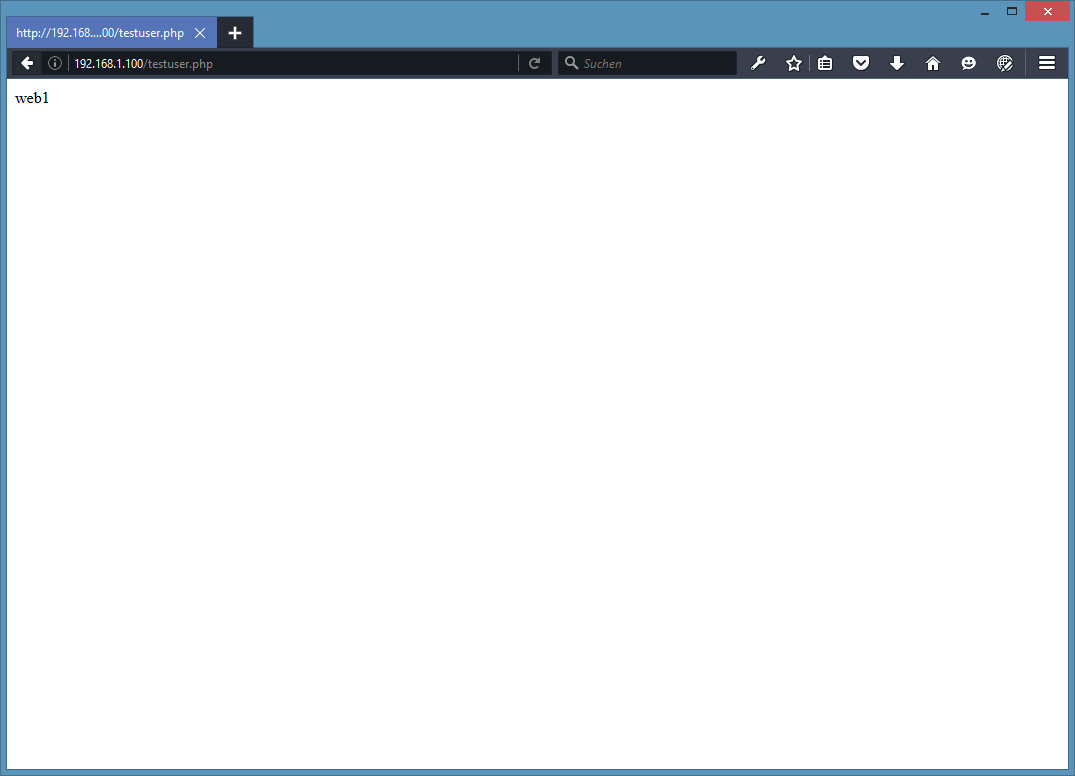Check If Php Suexec Installed

How to set up suexec to work with virtual hosts and PHP Introduction Suexec is a mechanism supplied with Apache that allows to execute CGI scripts as the user they belong to, rather than Apache's wwwrun user. I've just reinstalled my server's OS (Ubuntu 10.04 LTS) and installed Virtualmin using the install script (install.sh). Everything on the server is completely vanilla - the only thing I've done after.
A tip for Windows-users Just a tip for you so do not do the same mistake as I did: I just found out that PHP first seem to look in the php-directory for php.ini, and if that file does not exist, it looks in the Windows directory. I renamed the file php.ini-dist to php.ini and copied it to my Windows directory, and then I modified the infamous 'cgi.force_redirect = 0' in the php.ini file located in the Windows directory, to make it work. But it did not because it reads from the 'original' php.ini - So when I deleted this php.ini things started working again.
SuEXEC require CGI mode, and slow down the scripts. I did them like this: 1.
Install php as DSO mode. (for max speed and low secure) 2. Make a seperate CGI install with --enable-force-cgi-redirect, place php to cgi-bin 3 For more secure with suEXEC, choose one of the following method: 3-1: Place a.htaccess file containing this to override main config: AddType application/x-httpd-wphp php Action application/x-httpd-wphp /cgi-bin/php All php files in subdirectory will be protected. 3-2: add following in httpd. Epson Aculaser M2000 Driver Windows 7 64 Bit here. conf: AddType application/x-httpd-wphp sphp Action application/x-httpd-wphp /cgi-bin/php then each sensitive php file should be renamed to.sphp Add 'php_value doc_root /home/user/html_docs' to each virtual host directive in httpd.conf.
PHP CGI with VirtualHosts. This is what I found out while trying to get php to work as CGI with Apache VirtualHosts. By enabling 'force-cgiredirects', you *must*: 1) set 'cgi.fix_pathinfo=1' in php.ini 2) leave doc_root commented out (php.ini also) If you miss item 1, the apache logs will show 'unexpected T_STRING' in the php binary. If you miss item 2, you'll only see 'No input file specified.' , instead of the expected output. You can then turn on the php support for a particular vhost by defining: Action php-script /cgi-bin/php inside the corresponding directive. PHP works with Apache and suEXEC like this: (Assuming that suEXEC ist allready installed and working) Install PHP as CGI binary (e.g.
Printer Driver Ricoh Aficio Sp 3510dn. In /usr/local/bin/php) (compile with --enable-force-cgi-redirect) Create a Link inside cgi-bin directory to make php-cgi accessable: cd /usr/local/apache/cgi-bin ln /usr/local/bin/php php Edit your httpd.conf file: AddHandler php4-script.php Action php4-script /cgi-bin/php User exampleuser Group examplegroup. Restart Apache PHP-scripts are now called under the user-id of exampleuser and group-id of examplegroup. I have noticed that some people have noted that running PHP as a CGI program can run slowly compared with a compiled in module. Installation Imprimante Hp Photosmart C5100 Series here.
Some have noted that they want to use FastCGI but are hesitant. I found that using the Apache 2's CGID module was a great way to speed up performance almost to the same level as an 'so'-installed PHP module but you get the added benefit of running each virtual host under it's own user and group. In my testing I got 44 pages per second using PHP as a module and I got roughly the same performance (within 5%) running PHP as a CGI program through CGID. CGID is also really easy to set up. Just add --enable-cgid to your Apache configure command and you're good to go. Just set up PHP as a CGI normally.
I'm sure that there's extra RAM used for this method but RAM is as cheap as borscht anyways so it shouldn't be a major factor when trying to speed up PHP CGI.
I've just reinstalled my server's OS (Ubuntu 10.04 LTS) and installed Virtualmin using the install script (install.sh). Everything on the server is completely vanilla - the only thing I've done after logging into the clean system is to run install.sh and enable the userdir Apache module.
I've created a virtual host and logged into its account using SFTP, then created a php file with phpinfo() in it. When I browse to the file I get a 500 Internal Server Error. Virtualmin's default settings use fcgid for executing PHP. Please check that the apache2-suexec-custom module is installed.